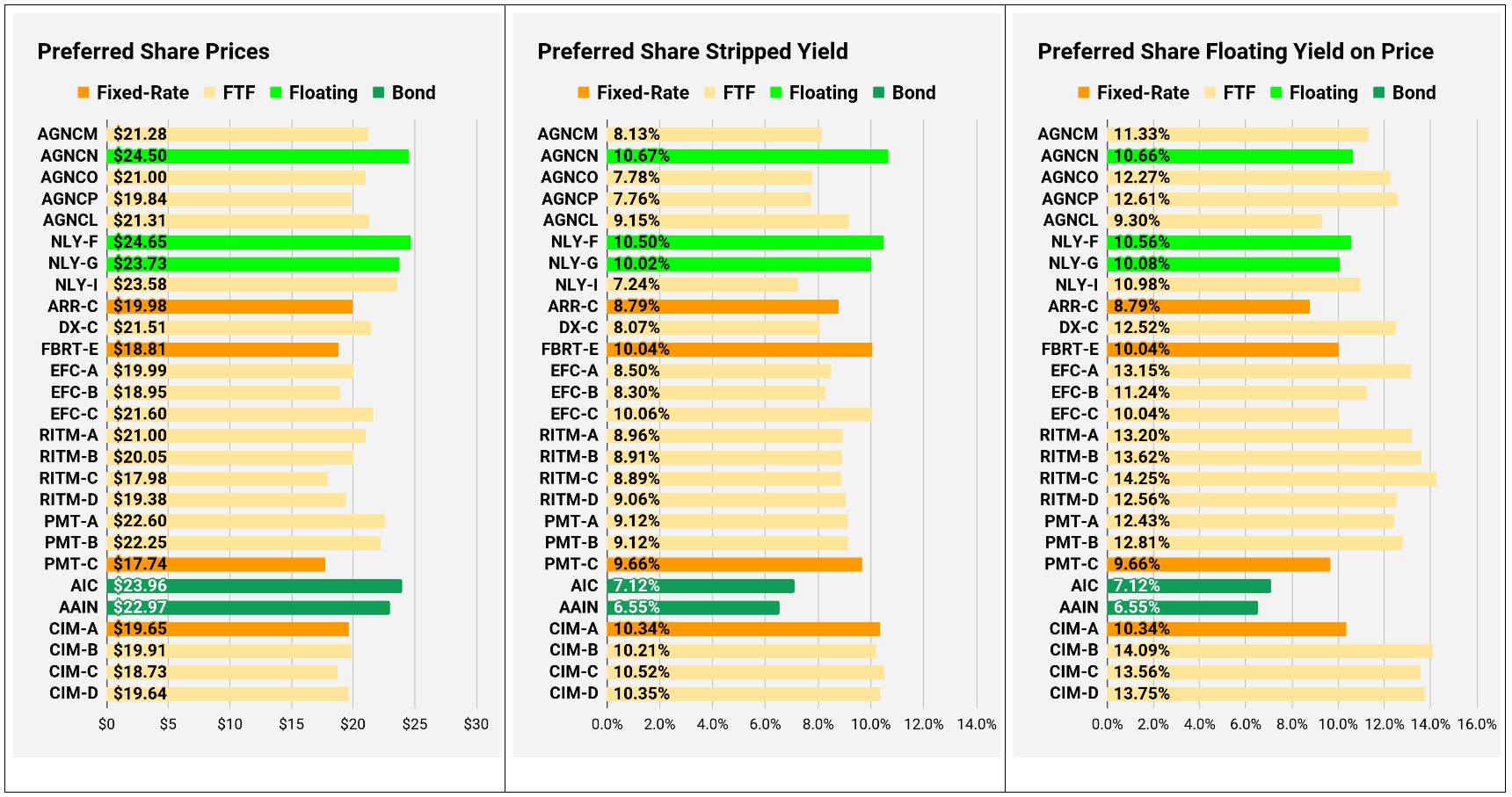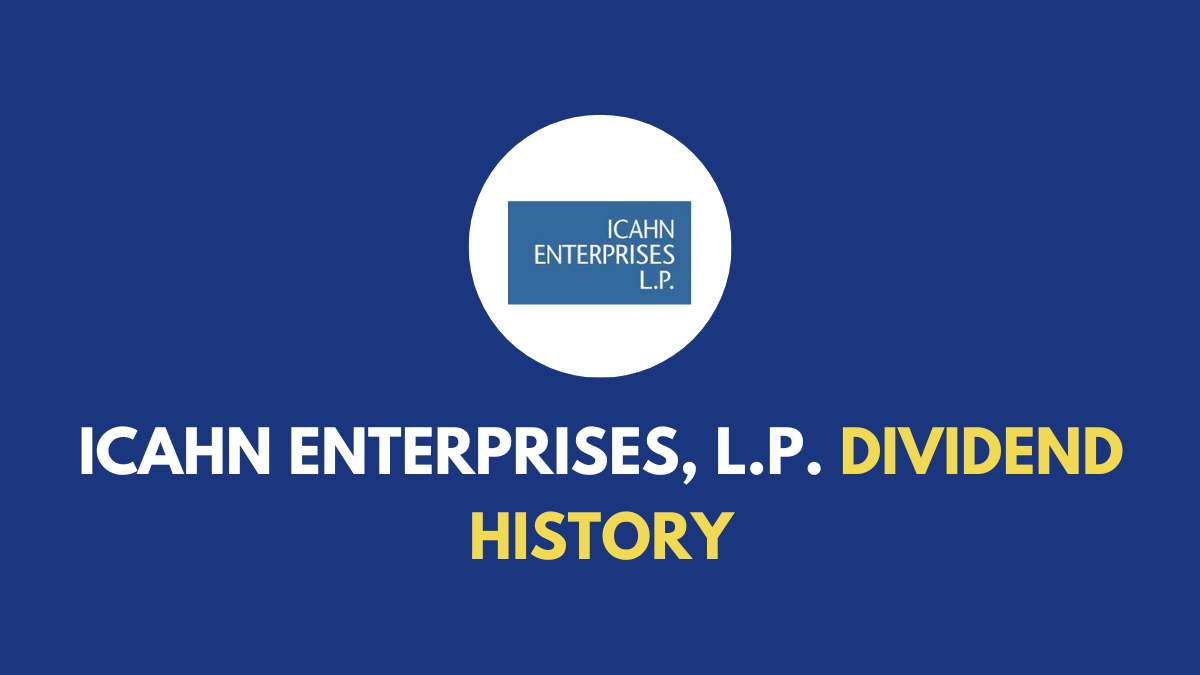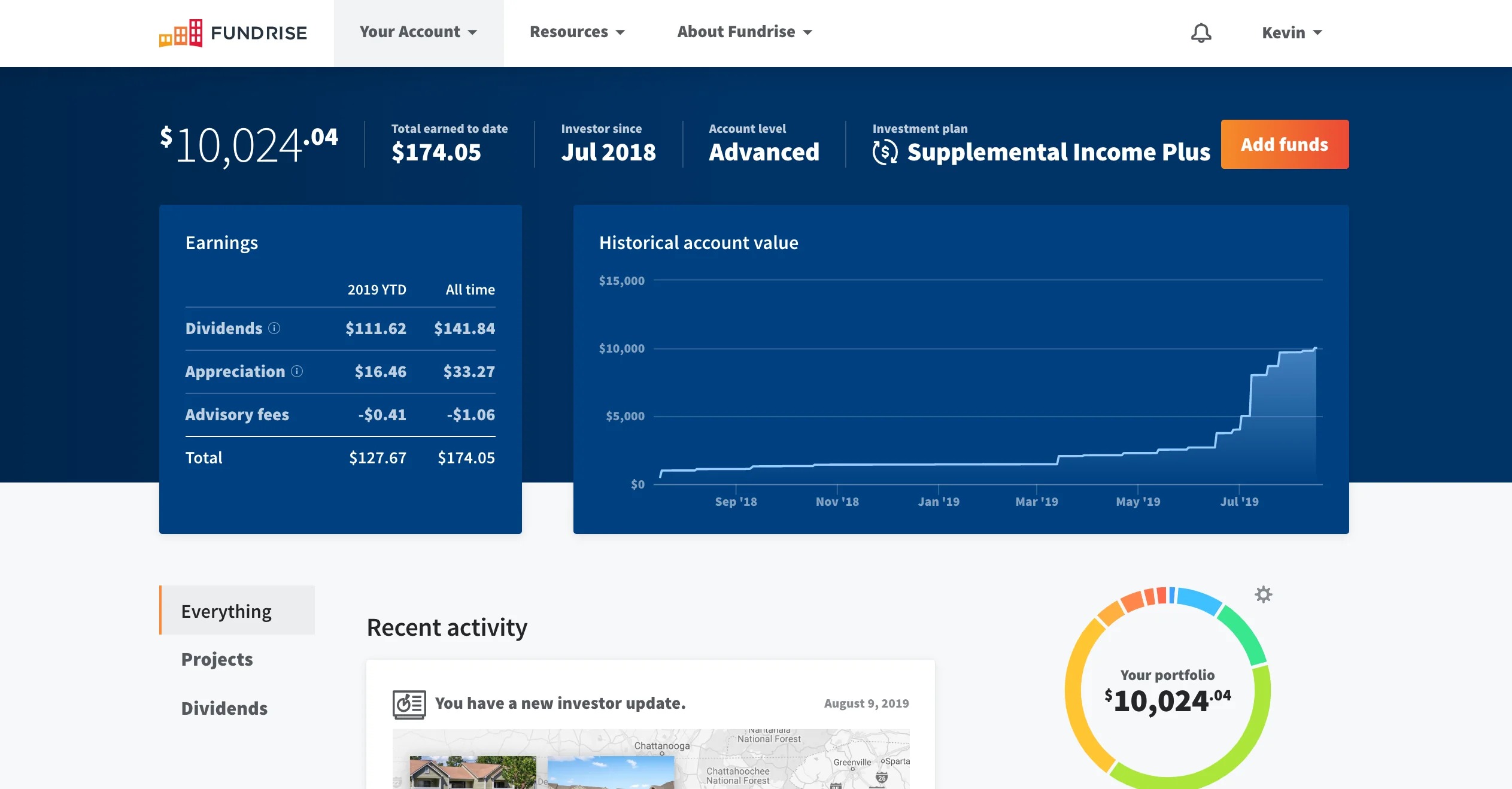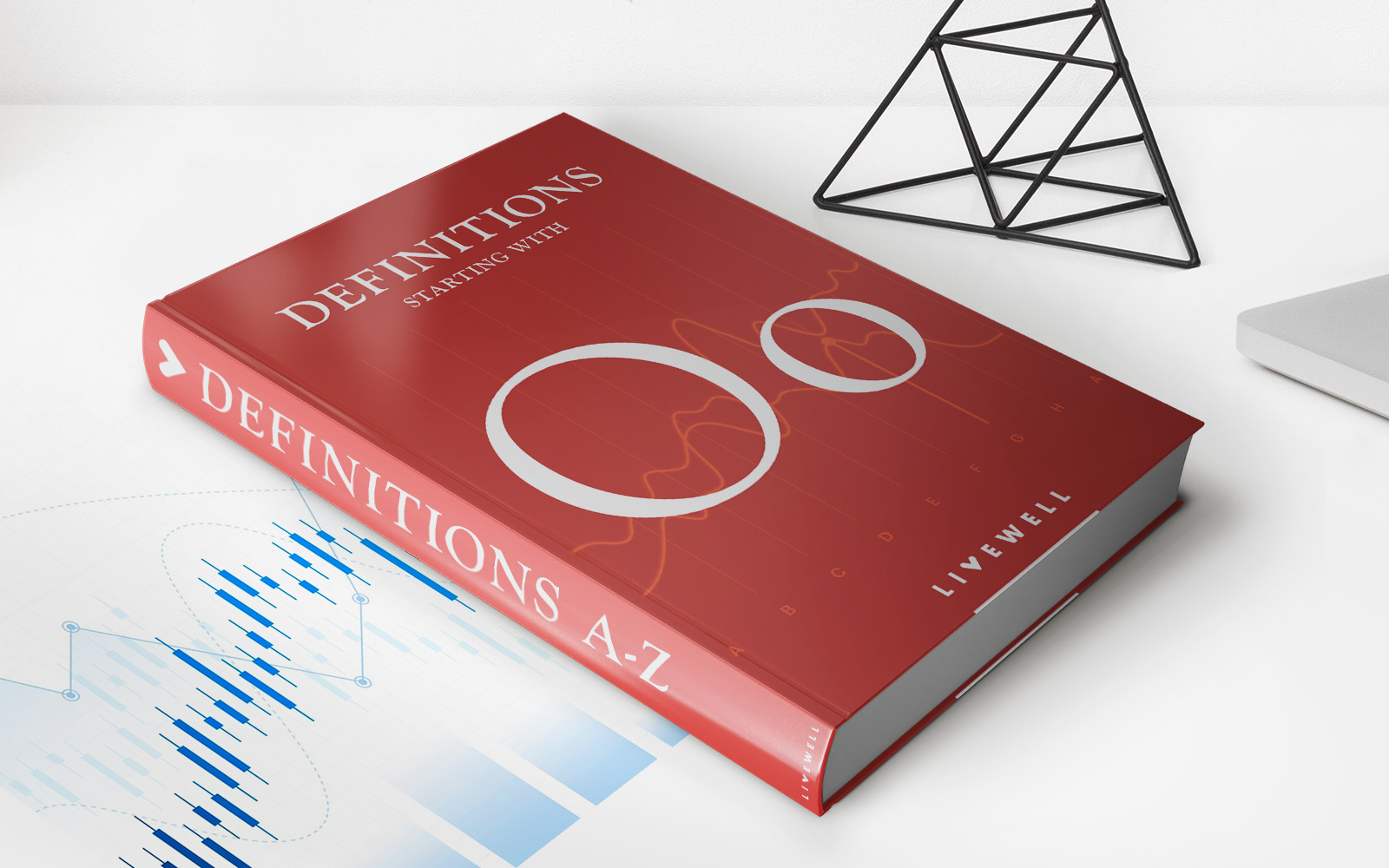

Finance
How Often Does QQQ Pay Dividends?
Published: January 2, 2024
Discover how often QQQ pays dividends and stay informed on the latest finance news.
(Many of the links in this article redirect to a specific reviewed product. Your purchase of these products through affiliate links helps to generate commission for LiveWell, at no extra cost. Learn more)
Table of Contents
Introduction
Welcome to the world of investing and finance! If you’re looking to explore the exciting world of dividend investing, one fund that may catch your attention is QQQ. QQQ, short for the Invesco QQQ Trust, is an exchange-traded fund (ETF) that tracks the performance of the Nasdaq 100 Index. The Nasdaq 100 index consists of 100 of the largest non-financial companies listed on the Nasdaq stock exchange.
Dividends are an important aspect of investing, and many investors seek out companies and funds that offer regular dividend payments. In this article, we will delve into the topic of QQQ dividends and explore how often this popular ETF pays out dividends to its investors.
Whether you are a seasoned investor or just starting your investment journey, understanding dividend payments and their frequency is crucial. This knowledge can help you plan and manage your investment portfolio effectively.
In the following sections, we will discuss the frequency of QQQ dividend payments, the historical dividend payments, the factors that influence these payments, and the impact of dividends on QQQ investors. So, let’s dive in!
Understanding QQQ Dividends
Before we delve into how often QQQ pays dividends, let’s first gain a clear understanding of what dividends are and how they work. Dividends are a portion of a company’s earnings that are distributed to its shareholders. They are usually paid out in cash, but can also be in the form of additional shares of stock.
As an ETF, QQQ does not have direct control over its dividend payments. Instead, QQQ receives dividends from the underlying companies held within its portfolio. The dividends are then passed on to the investors of the fund. The amount of dividends received by QQQ depends on the dividend policies of the individual companies it holds, as well as the overall performance of those companies.
It’s important to note that not all companies pay dividends. Some companies may choose to reinvest their profits back into the business for growth and expansion. These companies are typically focused on capital appreciation rather than providing regular dividend income to their shareholders.
However, QQQ is specifically designed to track the performance of the Nasdaq 100 Index, which consists of companies that are known for their innovative and dynamic nature. While the Nasdaq 100 Index does include companies that pay dividends, it also includes companies that prioritize growth and may not pay regular dividends.
Therefore, when considering QQQ as an investment option, it’s crucial to understand that dividend income may not be the primary focus. Instead, investors in QQQ typically seek exposure to the potential growth and performance of the underlying companies.
Now that we have a better understanding of dividends and how they relate to QQQ, let’s explore how often QQQ pays dividends to its investors.
Dividend Payment Frequency for QQQ
Now, let’s get to the heart of the matter – how often does QQQ pay dividends? QQQ follows a relatively unique dividend payment schedule compared to traditional stocks and some other ETFs.
Typically, stocks and ETFs pay dividends on a quarterly basis, meaning they distribute dividend payments every three months. However, QQQ follows a different approach. Instead of quarterly payments, QQQ pays dividends on a quarterly distribution yield basis.
The quarterly distribution yield is calculated based on the net investment income and net capital gains generated by the fund. This income is then distributed to QQQ investors in the form of a dividend payment. It’s important to note that the distribution yield can vary from quarter to quarter depending on the performance of the underlying stocks held by QQQ.
To put it simply, QQQ pays dividends every three months, but the exact payment amount can fluctuate depending on several factors. This means that the dividend payments for QQQ may not be consistent from quarter to quarter, and investors should not solely rely on QQQ for regular income.
Investors in QQQ should also keep in mind that dividends are not guaranteed. They are dependent on the performance and dividend policies of the companies held within QQQ’s portfolio. If the companies experience financial difficulties or choose not to distribute dividends, it can impact the overall dividend payment of QQQ as well.
It’s also worth noting that the dividend payment frequency and distribution yields for QQQ are subject to change. Investors should stay updated with the latest announcements and disclosures from Invesco, the company behind QQQ, to have the most accurate information regarding dividend payments.
Now that we understand the dividend payment frequency of QQQ, let’s take a look at the historical dividend payments made by the fund.
Historical Dividend Payments for QQQ
Examining the historical dividend payments of QQQ can provide investors with valuable insights into the fund’s dividend track record. While QQQ may not be known for its high dividend yields, it has still distributed dividends to its investors over the years.
It’s important to note that the dividend amounts paid by QQQ can vary significantly from quarter to quarter based on the performance and dividend policies of the companies held within its portfolio. Here is a snapshot of some historical dividend payments made by QQQ:
– In 2021, QQQ paid a quarterly dividend of $0.3747 per share in the first quarter, followed by a dividend of $0.4381 per share in the second quarter. Please note that these figures are for illustrative purposes only and are subject to change.
– In 2020, QQQ paid a dividend of $0.3269 per share in the first quarter, followed by $0.3474 per share in the second quarter, $0.3530 per share in the third quarter, and $0.4145 per share in the fourth quarter.
– In 2019, QQQ paid a dividend of $0.3126 per share in the first quarter, followed by $0.3423 per share in the second quarter, $0.3534 per share in the third quarter, and $0.3793 per share in the fourth quarter.
It’s important to remember that these dividend amounts are historical and do not guarantee future payments. The dividend payments for QQQ are subject to change based on various factors, including the performance of the underlying companies and overall market conditions. Therefore, it’s essential for investors to conduct thorough research and consider multiple factors when making investment decisions.
If you’re considering QQQ as an investment for dividend income, it’s important to analyze the fund’s historical dividend payments and compare them to your income objectives and risk tolerance. Additionally, you should consult with a financial advisor or do your own research to make informed investment decisions.
Next, let’s explore some of the factors that influence QQQ’s dividend payments.
Factors Influencing QQQ Dividend Payments
Several factors can influence the dividend payments of QQQ. Understanding these factors is essential for investors to assess the sustainability and potential fluctuations in dividend payments. Here are some key factors to consider:
1. Performance of the underlying companies: Since QQQ tracks the performance of the Nasdaq 100 Index, the dividends it receives are dependent on the earnings and dividend policies of the companies held within the portfolio. If the underlying companies perform well and generate higher profits, it can lead to higher dividend payments for QQQ investors.
2. Changes in dividend policies: The dividend policies of the individual companies held within QQQ’s portfolio can impact the overall dividend payments of the fund. If a company reduces or eliminates its dividend, it can have a negative impact on the dividend payments of QQQ. Conversely, if a company increases its dividend or initiates a dividend payment, it can positively influence the overall dividend payments of QQQ.
3. Market conditions: The overall market conditions, including economic factors, interest rates, and investor sentiment, can influence dividend payments. During periods of economic uncertainty or market downturns, companies may choose to conserve cash and reduce dividend payments. Conversely, during periods of economic growth and market stability, companies may increase dividend payments.
4. Reinvestment of earnings: Some companies within QQQ’s portfolio may opt to reinvest their earnings back into the business rather than distributing them as dividends. This can impact QQQ’s dividend payments, as the fund relies on the dividends received from its holdings.
5. Tax considerations: Dividend payments can be subject to different tax rates depending on the country and the investor’s tax status. Changes in tax laws or regulations can impact the net dividend payments received by investors.
It’s important for investors to stay informed about these factors and monitor the performance of the underlying companies held within QQQ. Conducting thorough research, staying updated with company news and announcements, and consulting with a financial advisor can help investors make informed decisions regarding their investment in QQQ.
Now that we understand the factors influencing QQQ’s dividend payments, let’s explore the impact of dividend payments on QQQ investors.
Impact of Dividend Payments on QQQ Investors
Dividend payments can have both direct and indirect impacts on QQQ investors. While QQQ may not be primarily sought out for its dividend income, these payments can still play a role in an investor’s overall investment strategy. Here are some key impacts of dividend payments on QQQ investors:
1. Income generation: Dividend payments from QQQ can provide investors with a regular income stream. Even though the dividend yields of QQQ may not be as high as some individual stocks, they can still contribute to an investor’s overall income portfolio. This can be particularly appealing for investors who are seeking income-generating investments alongside potential capital appreciation.
2. Total return: Dividends can contribute to the total return of an investment. By reinvesting dividend payments back into QQQ or other investments, investors can take advantage of compounding returns, potentially increasing their overall returns over time.
3. Portfolio diversification: QQQ’s dividend payments, although not the primary focus of the fund, can add diversification to an investor’s portfolio. Dividend-paying investments can provide stability and income even during periods of market volatility, which can help balance out the risk and return profile of an investment portfolio.
4. Long-term stability: Dividend-paying companies tend to be more established and financially stable, as they have a history of generating consistent profits. By investing in QQQ, which includes companies with a track record of dividend payments, investors can potentially benefit from the stability and reliability of these established businesses.
5. Psychological factor: Dividend payments can also have a psychological impact on investors. Regular dividend income can provide a sense of reassurance and reward, enhancing investor confidence and satisfaction with their investment in QQQ.
It’s important to note that dividend payments should not be the sole factor driving an investment decision in QQQ. Investors should consider their individual financial goals, risk tolerance, and overall investment strategy before investing in any fund, including QQQ.
Additionally, investors should be aware that dividend payments are not guaranteed, and they may fluctuate over time. It’s crucial to stay updated with the latest information on QQQ’s dividend payments, monitor the performance of the underlying companies, and consult with a financial advisor for personalized investment advice.
Now, let’s wrap up our discussion on QQQ dividend payments.
Conclusion
QQQ, the Invesco QQQ Trust, offers investors exposure to the performance of the Nasdaq 100 Index, which consists of 100 large non-financial companies listed on the Nasdaq stock exchange. While QQQ may not be known for its high dividend yields, it does pay dividends to its investors.
QQQ follows a unique dividend payment schedule, paying dividends on a quarterly distribution yield basis. This means that dividend payments can vary from quarter to quarter based on the performance of the underlying companies within QQQ’s portfolio.
It’s important for investors to understand that dividend income may not be the primary focus when investing in QQQ. Rather, QQQ is designed to capture the growth and performance of the underlying companies. Investors should consider their income objectives, risk tolerance, and overall investment strategy before incorporating QQQ into their portfolio.
By analyzing the historical dividend payments of QQQ and considering the factors that influence dividend payments, investors can gain insights into the fund’s dividend track record and potential fluctuations in payments. Nevertheless, it’s crucial to remember that past dividend payments do not guarantee future payments.
Dividend payments can have several impacts on QQQ investors, including income generation, contribution to total return, portfolio diversification, and a sense of stability. However, investors should weigh these impacts against their individual investment goals and consider QQQ as part of a diversified investment strategy.
To make informed investment decisions, investors should stay updated with the latest information on QQQ dividend payments, monitor the performance of the underlying companies, and seek advice from a qualified financial advisor.
In conclusion, while QQQ may not be the go-to investment for dividend income, it offers investors the potential for growth and exposure to innovative companies within the Nasdaq 100 Index. Understanding QQQ’s dividend payments and considering their impact is crucial for investors to make informed investment choices and align their investments with their financial goals.














